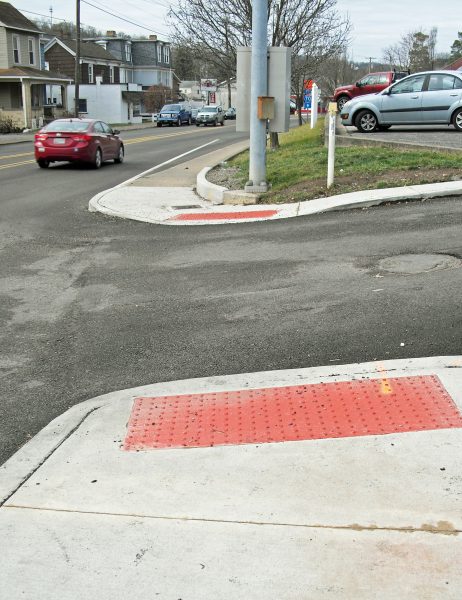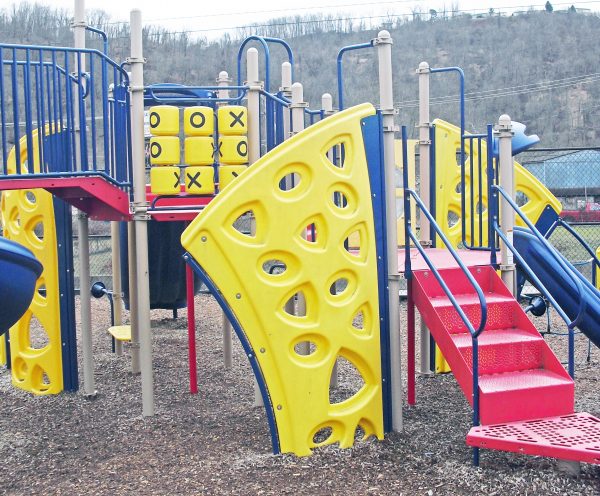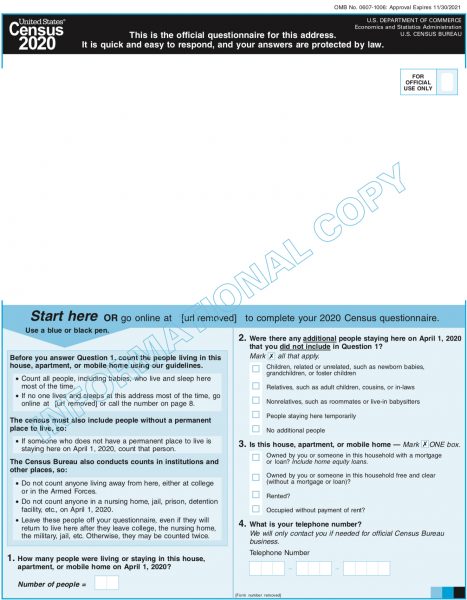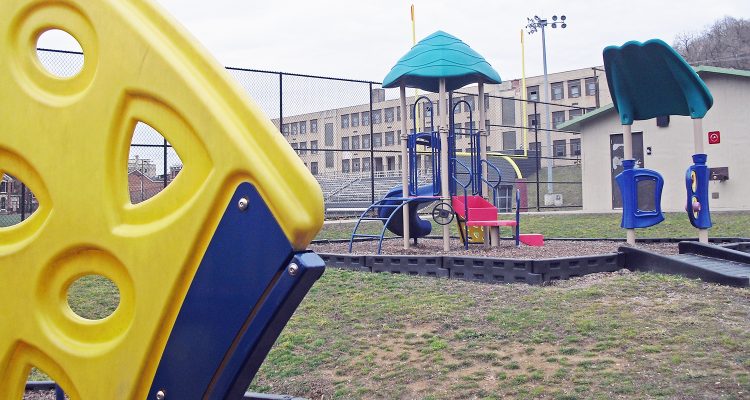• Have you tripped over broken sidewalk concrete near your home recently?
• How is the playground equipment in your neighborhood weathering, or is there any?
• Does your nearest fire station need a tanker truck?
But they might as well be, according to a team of city, county and agency officials who are asking area residents to fill out their count forms this spring — using the new online option if they can.
“If people can take even a few minutes and do this on their smartphones, it will be put to good use,” said Tom Connelly, assistant director of economic and community development for the City of Wheeling.
He is also the city’s representative on the Ohio County Complete Count Committee, which is specifically seeking to raise awareness of how much local funding is connected with the census.
DATA OUT, DOLLARS IN
Connelly offered an example of how tightly the census data can be linked to Wheeling residents’ daily life. In the 2010 Census, the most recent, participation was too low in the Fulton neighborhood for it to qualify for a sidewalk-revitalization block grant tied to such data.
But city officials suspected the area would have qualified if the count had been more accurate, he said. So, they went door to door collecting the same kind of information. The grant money eventually came in, but the sidewalks could have been repaired more quickly and with less staff power had the census forms simply been filled out, he noted.

That is what did happen in East Wheeling, in contrast, he added. Solid census data there led to a federal block grant. And that led to the completion of Elk’s Playground off 16th Street.
Another, more general, example — Connelly said a fire station in a lower-income neighborhood may qualify for a census-driven grant and be able to purchase a new truck. A huge expenditure for a city without such grants, Connelly noted that kind of equation helps higher-income neighborhoods, too. As new equipment comes into a grant-qualifying neighborhood, existing equipment can be shuffled so that every station has a well-functioning fleet.
Or it might be water lines or street paving that’s the issue. Data out, dollars in, he summed up. And, it’s a big sum. Nationwide, census-connected funding amounts to $675 billion annually, according to census information.
It’s not just infrastructure that hangs in the grant-funding balance, noted Tim McCormick, president of the Ohio County Commission and a member of the count committee.
“An accurate count of our residents in Ohio County affects so many people in a number of ways,” McCormick said. “It directly affects programs such as WIC, SNAP, Medicaid, housing programs, roads, bridges, school lunch programs — just to name a few. If we do not get an accurate count, these programs will suffer immensely.”
BALLOT BOX COMPONENT
There are also political ramifications to census participation, Connelly noted.
The 2020 Census will determine if West Virginia gets to keep its third seat in the U.S. House of Representatives. Such representation (unlike two guaranteed spots for each state in the U.S. Senate) is based on population.
The new data will also determine how the city is divided into wards for future city council elections.
“Has our population shifted?” Connelly wonders now. “Have people moved — or passed on?”
Neighborhood shifts revealed in the 2010 Census prompted the city to re-district so that wards contain approximately the same number of residents. This census time, Connelly said, the city might not need to redraw anything. But, it might. Officials won’t know that until the count comes in.

HOW WILL IT COME IN?
The 2020 Census has already started in remote areas that must be hand-counted — think Alaskan villages that cannot be reached easily after the spring thaw — according to U.S. Census information. In Wheeling, residents should receive an initial invitation to participate sometime in March.
Invitations will be staggered because census officials do not want a rush of participants to crash an online-response option that is available for the first time. As the computer version is immediate and reduces worker hours, the census is hoping many people will use this option.
Paper forms, phone participation and home visits are also possibilities, however. This is especially for residents who speak languages other than English, have disabilities or live outside a single-family household (such as nursing home residents or college students living in dorms).
Residents have until May to participate, according to census information. After that — as the census is technically required by federal law — census workers will begin going door to door assessing who was living where as of April 1, the official count day.
A note on the legality issue: census data that is general in nature is shared among government and grant-funded agencies. But, by federal law, details such as who is living where, are not shared, including with law enforcement or immigration officials.

UNUSUAL SITUATIONS
In the same way special provisions are being made nationally to ensure residents of remote Alaskan villages and others will be counted, the local count team is also gearing up to deal with unusual situations here.
Linda Reeves of the Childcare Resource Center is specifically working on capturing an accurate count of the county’s youngest residents. That count can affect funding for such things as nutrition programs, early-intervention programs, childcare subsidies and health insurance, she said.
The goal is to count children in traditional homes — as well as children who may shift between households because of co-parenting, those being cared for by non-custodial family members, those without a permanent address because of poverty/homelessness, or who may shift between regions of the nation because of a parent working in the oil and gas industry.
“There’ve been changes over the years, changes in the culture, in where children are living,” Reeves said of broadening techniques to make sure all children are counted.
As the Resource Center trains childcare workers for state-licensed facilities among its many duties, it has unusual access to these populations, she noted of her involvement. The center will actively promote census participation through these childcare facilities in Ohio County and seven other counties.
Crystal Bauer, a count-team member associated with the Ohio County Health Department, is working with another population that is difficult to assess but has funding needs associated with census data. This is the homeless.
Bauer and others associated with the Project HOPE street-medicine team will be encouraging those they meet on weekly rounds to participate, even if it means using team members’ own cell phones to do so.
Such data is critical for future housing subsidies, Bauer noted. She said some of her patients are working full time and still cannot afford housing. They may be on a waiting list for subsidized housing, but those lists sometimes contain hundreds of names. A better count could lead to better availability of units.
“Each Friday night, we go the outdoor camps. We go to the Northwood homeless shelter and the Salvation Army shelter and the freeze shelter,” Bauer said of six years spent making such rounds and gaining the trust of a population that often fears government tracking.
When those rounds are added to Saturday morning visits to the clinic at Catholic Charities, Bauer said, “We’re pretty confident that we can get just about everyone that we ask to complete it.”
Project HOPE sees about 45 people per week, a number Bauer said is increasing over time.
• A long-time journalist, Nora Edinger also blogs at noraedinger.com and Facebook and writes books. Her Christian chick lit and faith-related non-fiction are available on Amazon. She lives in Wheeling, where she is part of a three-generation, two-species household.


